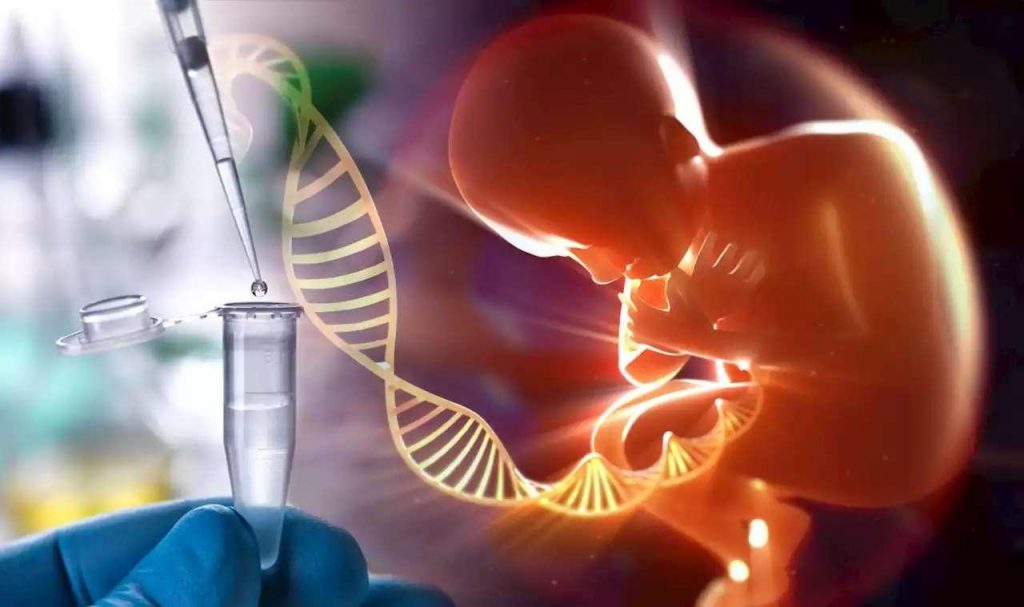
April 25 is the International DNA Day – a day dedicated to the discovery of the deoxyribonucleic acid double helix and the completion of the Human Genome project in April , 2003.
In 1953 James Watson (American biochemist) and Francis Crick (English physicist) , based on well-known scientific work in the field of nucleic acids, proposed a spatial model of the structure of DNA. As a result of long period of scientific work, a hypothesis was put forward according to which DNA consists of two polynucleotide chains connected by hydrogen bonds and mutually twisted relative to each other. This was a logical explanation for many mysteries of the functioning of DNA as a genetic matrix.
The definition of the structural model of DNA was the frontier, after which the flourishing of molecular genetics began: decoding the genetic code, genetic engineering, genome sequencing. As a result of the implementation of the International Project “Human Genome”, the sequence of nucleotides in all human DNA molecules was established with simultaneous localization of all genes.
The discovery of DNA for medicine, the decoding of this fundamental molecule for all living organisms, the decoding of the human genome are events whose significance cannot be overestimated. Most of the modern breakthrough technologies and research in biology and medicine are directly or indirectly based on these fundamental discoveries for science. Modern progress in the study of the human genome is closely connected with all branches of medicine and its purpose is to reveal the patterns and mechanisms of genetic determinism of pathological processes, the active introduction of methods for timely diagnosis of hereditary diseases and the formation of predictive and preventive medicine aimed at the individual approach to each patient.
Modern omix sciences, such as genomics, transcriptomics, proteomics and metabolomics are intensively developing areas of personalized medicine. A doctor of any medical specialization cannot become a qualified specialist without realizing the new opportunities, which are constantly emerging thanks to the latest omix technologies in the diagnosis, personalized treatment and prevention of both classic hereditary diseases and common multifactorial diseases.
The Department of Biology, Medical Genetics and Ecology of KSMU has been applying the comprehensive staged approach to teaching the basics of genetic knowledge for many years. Starting from 1-2 courses, students study the basics of genetics within the academic disciplines “Biology, Fundamentals of Ecology” and “Fundamentals of Molecular Biology”, learn modern data on the organization and functioning of the hereditary material of living organisms and about the human genome. Various forms of variability, causes and mechanisms of mutation formation at all levels of the organization of human hereditary material that underlie the development of hereditary pathology are studied, issues of gene interaction and possible mechanisms for controlling gene expression are considered. At the senior courses, “Medical Genetics”, “Clinical Genetics” and “Genetics, medical ecology” are taught, which form students’ basic knowledge about various classes of hereditary human diseases, the mechanisms of their development, the nature of inheritance, clinical manifestations, specific methods of diagnosis, treatment and development of therapeutic and measures to prevent the development of the disease within the framework of predictive personalized medicine.
The department applies the educational project “Entertaining Genetics” in order to increase the genetic literacy of students, to develop interest for in-depth study of the theoretical foundations of human, molecular, population genetics and biotechnology for the development of skills in solving research problems of medical and clinical genetics as well as the formation of clinical thinking of future doctors. On the International DNA Day, a regular meeting dedicated to “Genetic aspects of oncopathology” is scheduled.
Department of Biology, Medical Genetics and Ecology/
